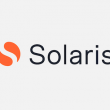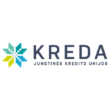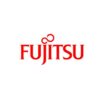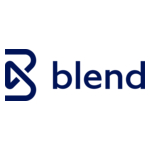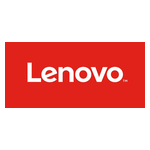Sibos dreams of a T+1 settlement utopia on eventful day three
Experts at Sibos have been weighing in on the benefits, risks, and challenges associated with the pursuit of settling securities in no less than one day.

Many panels at Sibos have discussed the route to accelerated settlements
In an ideal setting, the transaction date and settlement date would be divided by no less than a few hours in a process known as T+0.
However, in recognition of the benefits of moderation and the reality of global markets’ current settlement capabilities, the agenda at Sibos this year has sought to define the opportunities that could be unlocked if all players in the market operated under the next-best settlement time of T+1, where security settlements could be executed and completed exclusively within the boundaries of a 24-hour day.
Routine readers of FinTech Futures will no doubt already be familiar with elements of how this can be achieved operationally, as highlighted through our recent interview with SmartStream. Now, this conversation has been continued through a thorough panel discussion that captivated audiences at Sibos on Wednesday morning.
Chaired by Julia Streets, founder and CEO of the financial services advisory Streets Consulting, the panel also saw active participation from Frank La Salla, president, CEO and director of the Depository Trust and Clearing Corporation (DTCC); Kevin Sampson, president of the Canadian Depository for Securities (CDS); and Lieve Mostrey, CEO of Euroclear.
For context, although equity markets around the world share a mutual longing for accelerated settlements, it wouldn’t go amiss to describe the capabilities of the current landscape as largely fragmented.
Sibos’ host country this year, Canada, has plans to move to T+1 for equities in May next year, while the neighbouring US market also intends to support the same capabilities within the same timeframe, but with the inclusion of bonds and municipal securities.
Further south, Mexico and several countries in Latin America are actively attempting to align their capabilities with the scheduled US/Canadian shift, alongside the various T+1 initiatives currently underway in the UK, EU and Australia.
These markets are indeed playing catch up with the likes of India and China, all of which support a proven ability to execute T+1 (or faster) settlements in the present day.
Above all, the panel at Sibos on Wednesday sought to discover the potential outcome of all capital markets worldwide sharing the same settlement speeds.
For Mostrey, the advantages of this shared capability would be palpable. “We will have a shorter timeframe in which the trades are pending, which will reduce the counterparty risks for everybody,” she shared with the audience at Sibos.
“And with that, we will have the possibility to reduce margin requirements, which will then free up space for all market actors to have better capital deployment, to have more transactions and to have more business for the same resources put in.”
Adding to this, Sampson describes the unification of settlement times as “an opportunity and a catalyst to look at process redesign and the modernisation of end-to-end workflows”.
“At the end of the day, this should result in reduced operational risk through automation, rethinking and design. So I think it’s incumbent on every player in the ecosystem to be able to take that approach and build more resilience and harden up their automation.”
In light of his peers’ comments, La Salla emphasised how the enforcement of these initiatives will ultimately deliver benefits to the end investor and market participants.
“When you reduce latency, reduce friction, reduce risk, and ultimately reduce cost, [the benefits] should ultimately get to the end investor,” he shared with the panel.
“On a normal day, our clearing fund is roughly $13 billion. When we go from T+2 to T+1, we estimate that we will free up between $3.5 to $4 billion of funds out of that clearing fund. That’s going to go back to the market.
“So if you really think through it, this should help reduce systemic risk, shorten settlement pipeline risk, and return liquidity back to the market. Those things add up and ultimately should be reflected in lower costs for investors.”
The panellists identified an array of benefits that await a world of T+1 settlements, but as the industry knows too well, there are always challenges to overcome.
Of the most pressing challenges facing the industry in this endeavour, Mostrey identified industry awareness as one of the highest hurdles.
“I think it would be absolutely wrong to see this T+1 challenge objective as something that is simply to be mandated to central securities depositories, because it is much more impactful. And we really have to take a holistic look at the challenge.
“And I believe for some product lines, for some clients, for some business models, rethinking will be required in the context of T+1. And this holistic view, from the European perspective, I must say, I think the awareness is still a bit low. And we really have to work on that.”
Despite the challenges, if there’s one thing to take away from three days at Sibos so far, it’s that the industry is more than ready and willing to leverage the power of collaboration to meet the necessity of speed, efficiency, and operational unification across all levels of finance.






